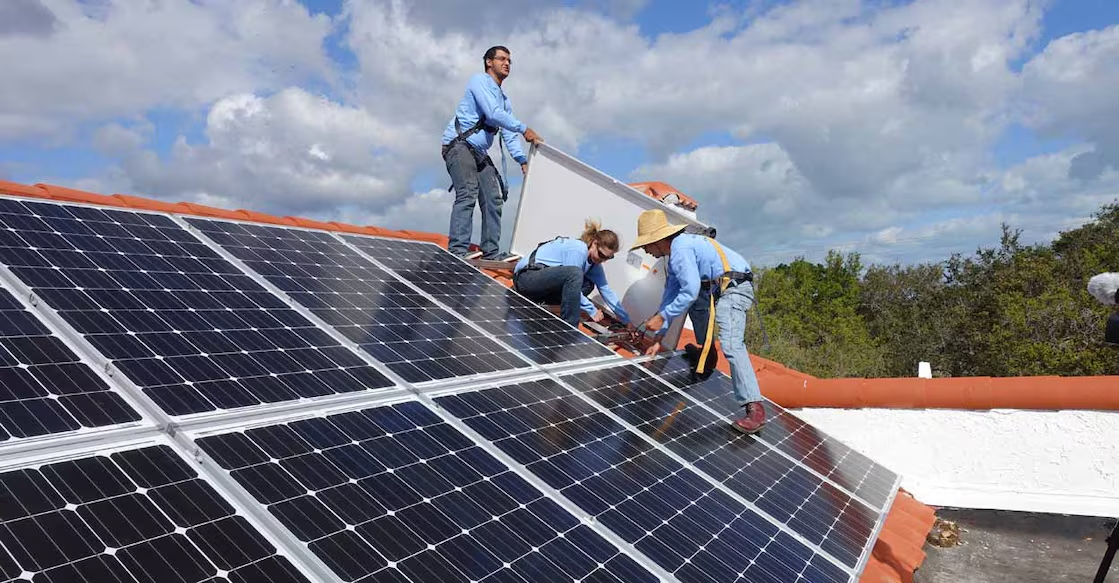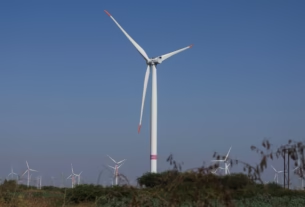In Short : A loss of around ₹500 crore is being faced by the Kerala State Electricity Board (KSEB) as a result of billing procedures related to rooftop solar net-metering, sometimes known as “solar banking.” In response, unless rooftop systems incorporate battery storage, it is thinking of increasing electricity rates by ₹0.19 per unit, which would rise to ₹0.39 by 2034.
What’s Causing the Loss of Money?
• Only about 2 lakh (about 2% of Kerala’s 1.3 crore energy users) have rooftop solar installations.
• Rooftop solar users must receive the same amount of electricity from KSEB at night as they do from the grid during the day. However, when demand is low and electricity is inexpensive, solar generating frequently takes place.
• Solar is not available at night, usually between 6 and 11 p.m., thus KSEB must provide power at higher rates, which significantly raises its expenses. There is a cost mismatch because only roughly 36% of solar-generated energy is actually used during the day.
According to KSEB, if this discrepancy is not fixed, daily losses and an annual deficit of ₹500 crore will result.
Fix Suggestion: Storage Incentive or Cost Shift?
• KSEB has officially asked KSERC to approve a tariff hike of ₹0.19/unit, claiming that rooftop solar users are being unfairly subsidized by non-solar consumers.
• Resistance is developing as public hearings are being held; many people think that battery storage solutions (BESS), which are financed by government programs, provide a more equitable answer.
Future Reforms in Solar Policy and Regulation
The following reforms are suggested in Kerala’s draft Renewable Energy Regulations 2025:
encouraging new solar installations and Battery Energy Storage Systems (BESS).
providing a variety of billing options, including virtual, gross, net metering, net billing, and group net metering.
Protecting current solar prosumers from tariff adjustments and making sure net metering guarantees are upheld until the end of the system’s life or user opt-out
Consumer Pricing & Solar Economics
As rooftop solar uptake continues, significant economic drivers include:
The cost base of KSEB is directly impacted by solar panel prices and operational solar banking strategies.
Prosumers and utility cost structures can both benefit from declining solar PV module prices, which can lower upfront expenditure and provide a good long-term project return.
Using battery storage solutions to ensure grid stability is becoming more and more feasible as the cost of solar panels and storage devices declines.
What It Means for Solar Consumers and Owners
When it comes to their bills, rooftop solar customers that generate excess electricity may face extra scrutiny if storage is excluded.
By installing batteries, KSEB’s supply model is less burdened and imbalance is reduced; incentives like as VGF programs can be useful in this respect.
Keeping up with changes in solar panel pricing and trends is necessary to predict the financial viability and payback of home solar + storage systems.
Last Remark
The challenge of solar banking in Kerala demonstrates the potential and intricacy of net-metering models. Despite rooftop solar’s remarkable growth, utility costs are rising in the absence of coordinated storage or regulatory changes. Hybrid solar-storage solutions seem essential to stabilizing billing frameworks and safeguarding non-solar users as the cost of solar PV modules drops and storage becomes more affordable.




